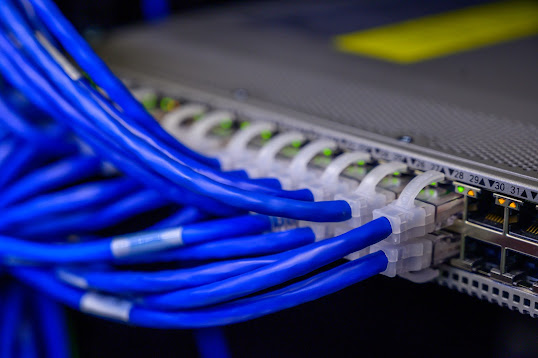Working Principles of the Layer 2 switch & Layer 3 manage switch | Network Administration.
- Switches are Layer 2 device,
- Routers are Layer 3 device
- The new generation of Layer 3 switches route using hardware only.
- A switch will examine the incoming frame's MAC header to determine the physical address of the destination device.
- Whereas a HUB , simply repeats an incoming frame out of all its ports, the switch creates a virtual path to forward frames to the port. Where it knows the destination device exist.
- Switch can provide flow control to network traffic by temporarily storing frames in a buffer.
- Switch can also generate BACK PRESSURE to cause transmitting device to wait long enough for the switch to deal with backlogged traffic. To create back pressure, the switch broadcast false collation detection signals to cause network interface card to back off.

